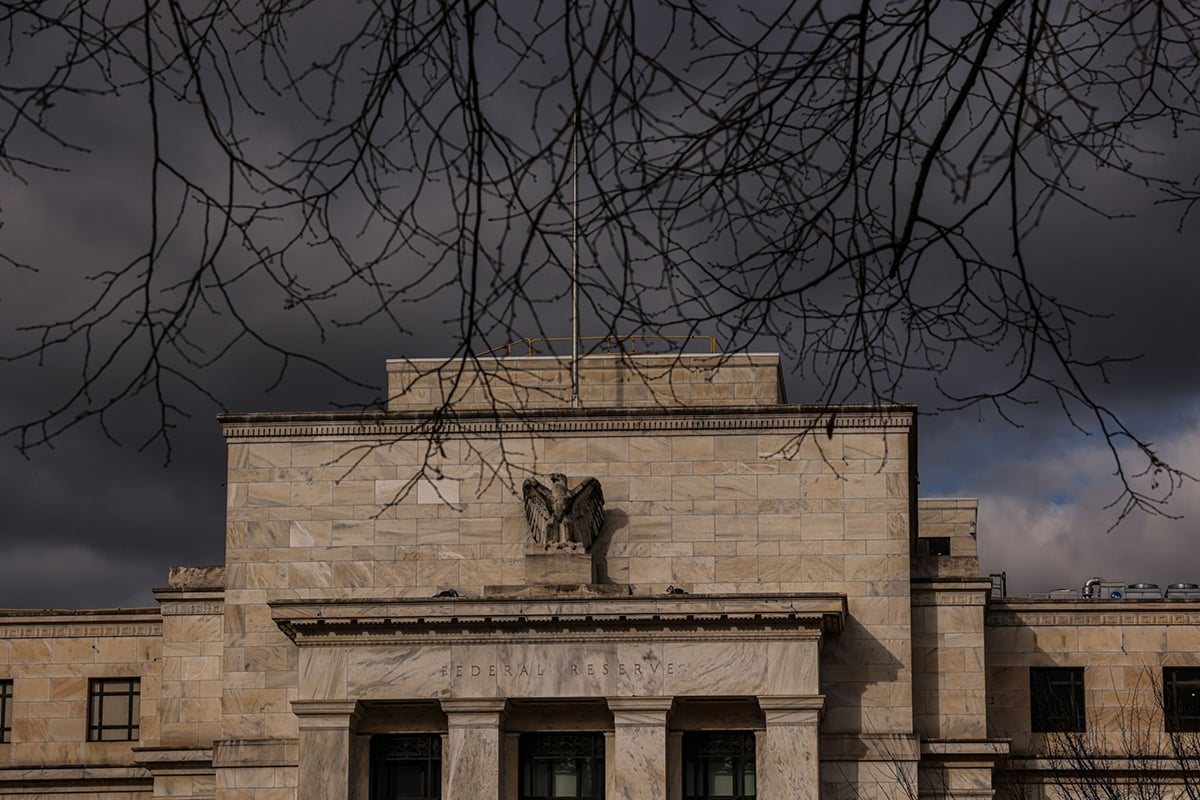Mario Draghi led the European Central Bank (ECB) into a new era,pledging to buy government bonds in an asset-purchase program worthat least 1.1 trillion euros (US$1.3 trillion) to counter the threatof a deflationary spiral.
The ECB president unveiled a quantitative-easing program of 60billion euros per month until at least the end of September 2016 ina once-and-for-all push to revive inflation and the euro-areaeconomy. The region's 19 national central banks were handedresponsibility for 80 percent of the additional purchases and puton the hook for their own losses, a moved intended to assuagecritics.
A near-stagnant economy and the risk of deflation forcedDraghi's hand six years after the Federal Reserve took a similarstep to inject cash into the U.S. The 67-year-old Italian's gambleis that the benefits of quantitative easing—should it work—outweighthe threat of a backlash in Germany, whose politicians and centralbankers have vehemently opposed the move.
Continue Reading for Free
Register and gain access to:
- Thought leadership on regulatory changes, economic trends, corporate success stories, and tactical solutions for treasurers, CFOs, risk managers, controllers, and other finance professionals
- Informative weekly newsletter featuring news, analysis, real-world cas studies, and other critical content
- Educational webcasts, white papers, and ebooks from industry thought leaders
- Critical coverage of the employee benefits and financial advisory markets on our other ALM sites, PropertyCasualty360 and ThinkAdvisor
*May exclude premium content
Already have an account?
Sign In Now
© 2024 ALM Global, LLC, All Rights Reserved. Request academic re-use from www.copyright.com. All other uses, submit a request to [email protected]. For more information visit Asset & Logo Licensing.





